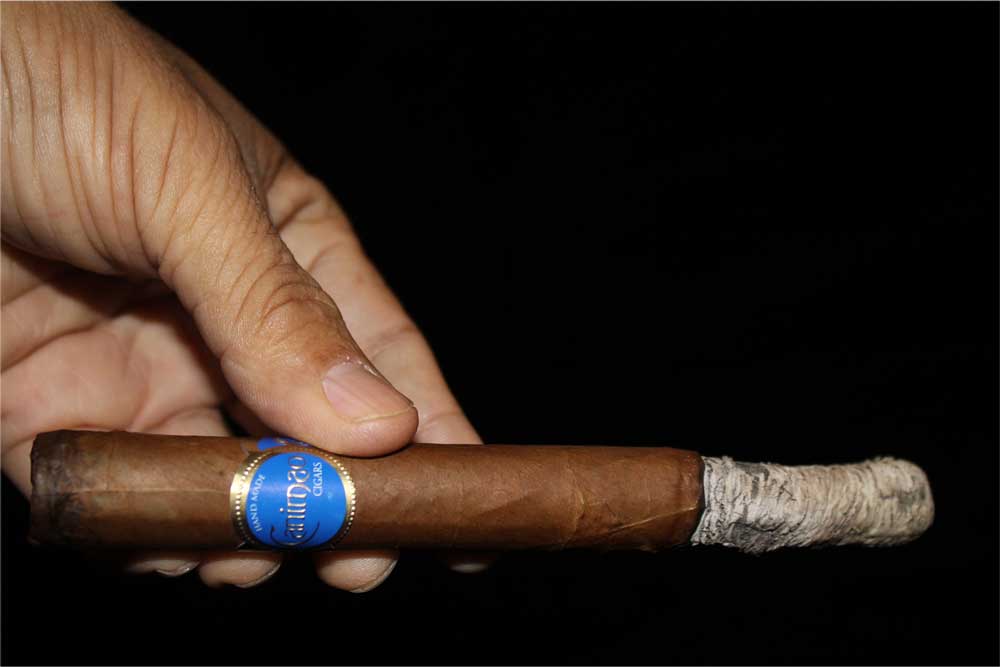
TOBACCO
Tobacco is a native plant of South America ties to all indigenous cultures, from the Mayans and Aztecs to the Caribbean aborigines. In one way or another, tobacco has been the inseparable companion of our indigenous cultures from the remote times of its discovery up to the present day.
The Spanish introduced tobacco in Europe, where the pleasure of smoking became widely popular despite the prohibitions issued by King Phillip II, who decreed the burning of tobacco plants. Other prohibitions were issued in Japan, Persia, and Turkey. Nonetheless, the medical usages of tobacco became popular and spread throughout Europe, as well as the powers of tobacco smoke. Ground tobacco was also used in cooking and in other ways, including headache relief.
On October 12, 1693, the Spanish conquistadors founded what would become the city of San Carlos y San Severino in the province of Matanzas in Cuba. The nearby mouth of the Canímar River was the settlement of peaceful Cuban natives, as well as the location of the legendary Canimao plantations. It was there that the tradition and cultivation of some of the best tobacco in the world began: Cuban tobacco.
